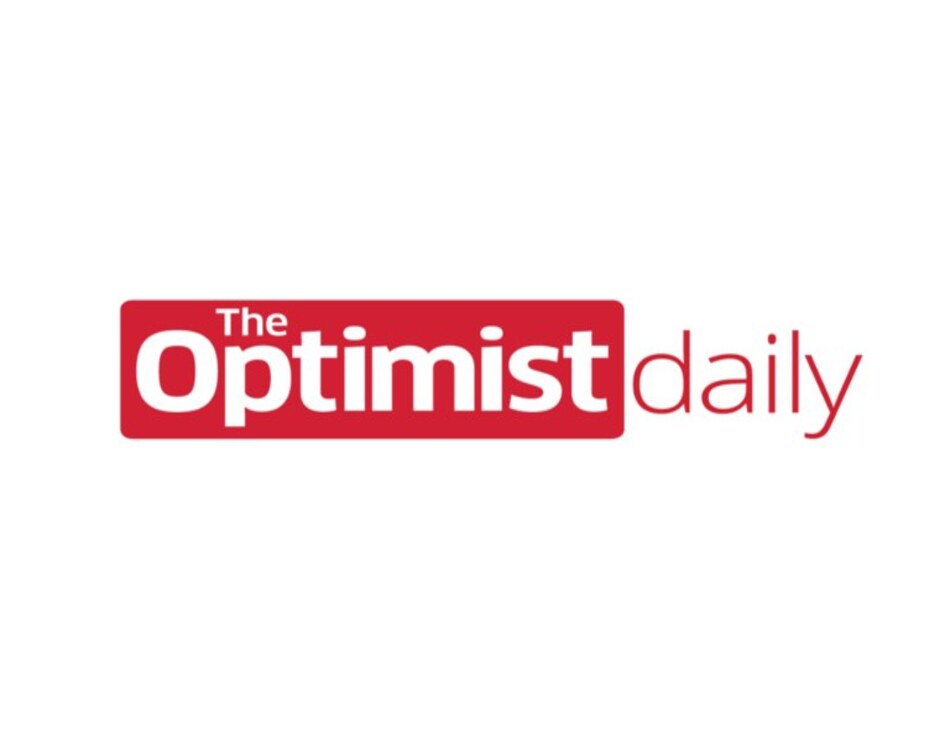Thanks to work by Native American leaders and World Wildlife Fund workers, visitors to Badlands National Park in South Dakota will once again see large brown bison dotting the snowy landscape. Once numbering between 30 and 60 million, Bison have not set foot in this area of the Great Plains since 1877 after European settlement drove the species to extinction in the area.
Bison have long played a critical role in the culture and daily lives of Native Americans. They provided food, clothing, and played a vital role in indigenous ceremonies. The four bison released in the national park are just a starting point for the re-introduction of the species to the area, but the event marks a reconnection to the land’s original biodiversity.
The Tribal Community Liaison for World Wildlife Fund’s (WWF) has been partnering ecologists with tribal leaders to restore and protect large areas of the Great Plains. Reintroducing critical native species is a big part of this initiative. The group is also focusing on bison research and community support initiatives for bison protection in areas of Montana.












